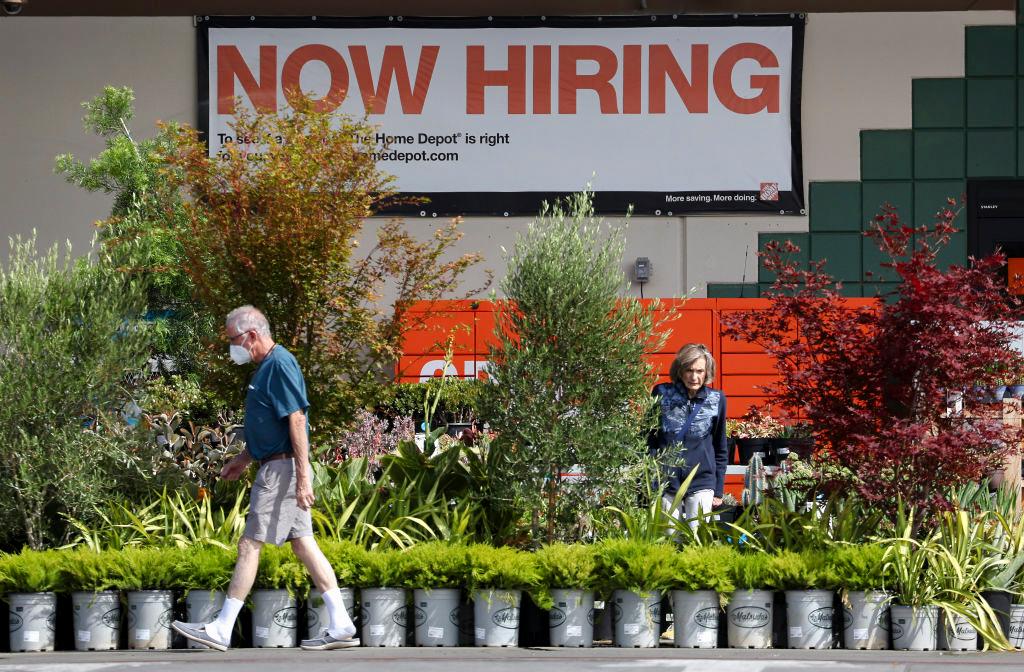Immigration to the United States—both legal and illegal—has soared over the past few years, and the influx of newcomers is altering the state of the national labor market.
Since late 2019, there has been a divergence between U.S.- and foreign-born employment levels, with the gap widening over the past year.





